Our first full day in Lisbon unfortunately was only about a half day as yesterday's sleepless schedule has us starting late and finishing early. After a reasonably generous buffet
breakfast, we took the Metro and then braved a bus ride to the National Tile Museum, a little off the beaten tourist path in an industrial area in southern Lisbon. We arrived at 12:15 and learned that it closed at 1:00 to reopen at 2:00, though we were told we could come back in later on the same ticket. Worried a bit about what we would do for lunch in this fairly undeveloped neighborhood, we discovered that the museum had an unpretentious café that would stay open during the break. This would work.
Craig is a great fan of tile artwork and has in fact collected artisanal tiles for our wall display at home on several trips now. He was excited to hear about the tile museum and his expectations were not disappointed. The museum is dedicated to azulejo, traditional
Portuguese tilework, and is housed in an old convent from 1509 that, fittingly, has many tiled walls from its past. The ceramic tile collection goes back to the 1400s and explains the origins and evolution of the art in Portugal although it has work from all over Europe. The entryway starts out with a large Islamic piece of work, which is of course a geometric design as Islamic art must be, and progresses next to the "Our Lady of Life" altarpiece, considered one of the first masterpieces of the art, composed of 1498 separate tiles, dating from 1580. Tile highlights are scattered throughout the cloisters
and in the ornate, gilded woodwork of the Madre de Deus church. In the middle of our tour, we had the enforced but quite pleasant lunch break, with a half bottle of vino verde and a tasty lunch in the restaurant courtyard.
Continuing after lunch, the most impressive piece in the museum is a 75-foot long panel from 1700 depicting Lisbon before the 1755 earthquake that destroyed almost the entire city. It occupies a whole room by itself, and was fascinating to examine and see the few structures that survived that we have seen already or expect to see like the Belem Tower. The adjoining room has temporary exhibits including modern tilework. Phyllis was quite
enamored of several of the modern works especially the 3D items using cello wire for the protruding pieces of tile.
After we caught the return bus to the center of town, we continued further "down river" to the Torre de Belem, a 16th century tower protecting the nearby shipyards. King Manuel I (who sponsored many of the early discoverers and was thus responsible for the broad expansion of the Portuguese trade empire) used its spacious third floor for royal celebrations and banquets. It wasn't entirely successful as a fort, as it was completed in 1519 and conquered
by the Spanish in 1580. Nearby is the Jeronimos Monastery, a vast complex that was begun by Manuel and completed after his death, and its church which contains his remains as well as those of his queen and Vasco da Gama. After Portugal regained its independence from Spain in 1640, many other luminaries and royalty were also buried there. It is apparently richly ornate in the so-called Manueline style, but we cannot testify to this as the lines were always so long for entry that we simply bypassed it both days we were in the vicinity.
We walked back along the waterfront towards our Metro stop for home, seeing the local version of the Golden Gate Bridge in the distance, and passing the Mister Tapas food wagon,
with tapas and vino. Sadly, we were not hungry at the time as it promised the best tapas in Lisbon. Really, it said so right there on the side of the truck. The most impressive structure along the waterfront was the Monument to the Discoveries, honoring all the great Portuguese explorers beginning with Prince Henry the Navigator who discovered the Azores, Madeira and Cape Verde. Da Gama and Magellan are up there among 33 others.
We made it back to the hotel after riding a couple of Metro lines (we are getting expert at the Metro) at the most crowded time of day and picking up a take-out sandwich to share along the way. It was pretty busy for a half-day.

 Lisbon, Lisbon, Portugal
Lisbon, Lisbon, Portugal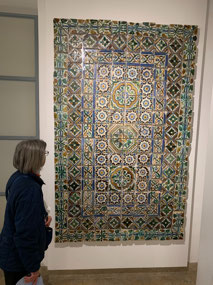
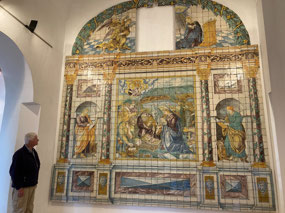
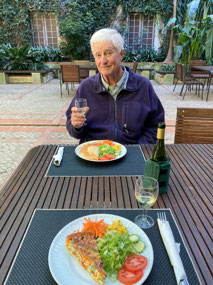
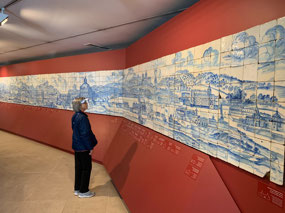
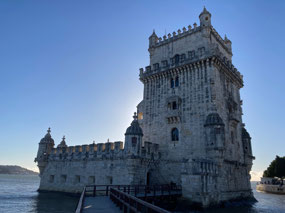
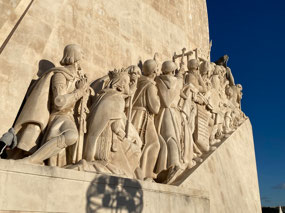



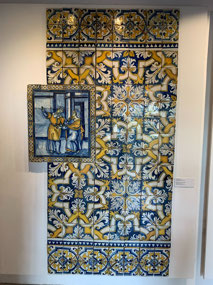
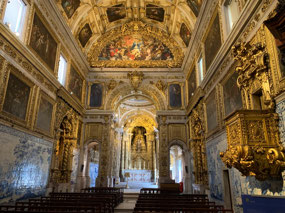
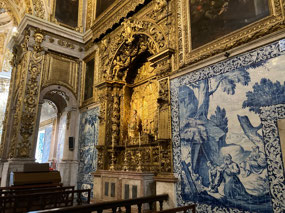
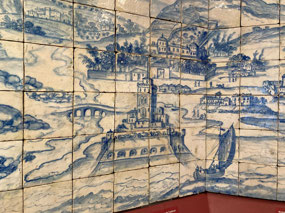
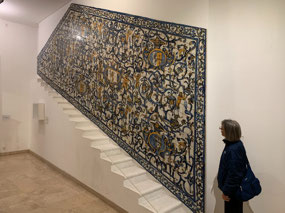
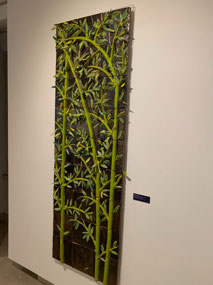
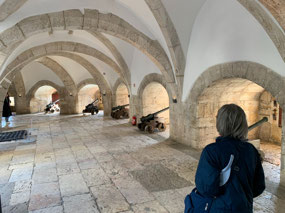
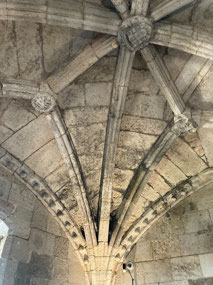
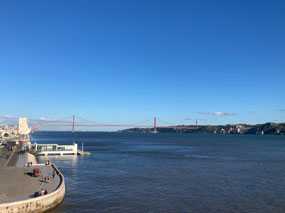
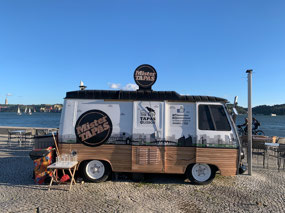
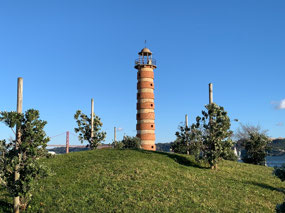
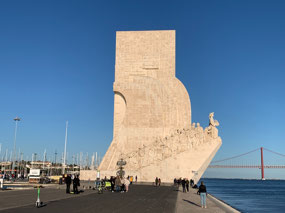

2025-05-22